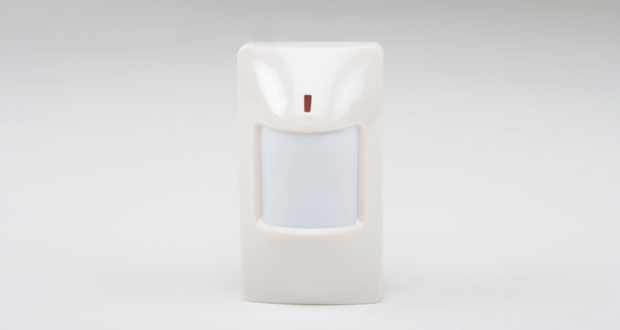Discreet monitors keep tabs on people around the house and watch for alarming changes in behaviour patterns.
An Australian research team is working on a non-intrusive home monitoring device that sends alerts to carers when loved ones are inactive for abnormally long periods of time.
The monitors are housed in boxes the shape of a small book and plug into power points in commonly used areas of a house. The sensors in the device detect motion, vibration, light and temperature, amongst other things.
Professor Ingrid Zukerman, who is part of the team from Monash University working on the device, sat down with Nursing Review to discuss how such technology can help with the monitoring of people’s safety and movement, as well as potentially help to identify, diagnose and track a few surprising clinical conditions.
NR: What does this device look like and what can it do?
IZ: The device is actually a set of devices. They look like a small box and they are plugged into the power point and you would put one in each room in the house. They have a bunch of sensors within. These include for temperature, humidity, vibration and passive infrared motion (PIR). PIR is the type of sensor you have in burglar alarm systems that detect if somebody’s moving in the home.
These sensors collect data about the normal behaviour patterns of the person over time, and after a relatively short period – say a month – a statistical model can be built of the behaviour of the person, and any significant departures from this are noted.
What are some of the challenges that arise when trying to implement home monitoring systems?
From a technical perspective, there is avoiding interference between the sensors, so we are working on all those technical challenges.
One of the sensors I love the most [is the one we have to] detect whether you are activating the TV clicker. That is a real challenge because people sit in the lounge room watching TV and they are relatively motionless – so you don’t want to raise an alert when somebody’s quietly watching TV.
From a social perspective, there are acceptance challenges; people may be a bit wary about having the sensors in the house, even though they’re non-intrusive. A survey at the beginning of the project, in which we questioned patients and carers, revealed arguments and tension between what the patient wanted to disclose and what the carers and family members wanted to know.
So accommodating these different requirements is another challenge. The other big one is the outdoors – what happens if somebody falls in the backyard? So we have to think about that.
What would be next for the project after the sensors are implemented?
We have received an additional grant from the government for the next stage, in which we will aim to detect functional decline and the onset of illness.
Functional decline would be something like a person with mild cognitive impairment getting increasingly [worse], and that is detectable through alterations in their patterns of movement throughout the home. For example, people who don’t have dementia, they go – for example – from their lounge room, study or dining room to the service areas like the kitchen or bathroom, and then they come back.
As people develop dementia, they start going to a place, forgetting what they came for, coming back, going again, forgetting what they came for, coming back – so you see these patterns.
You also see patterns of being awake at night, doing unusual activities at night like running a washing machine. With respect to the onset of illness, increased visits to the toilet or markedly decreased visits to the toilet could be indications of urinary tract infections, for example. Slower mobility throughout the house might indicate an injury. Getting out of bed later, or not getting out of bed, would be an indication of depression, which is common in the elderly.
Do you have an idea for a story?Email [email protected]
 Aged Care Insite Australia's number one aged care news source
Aged Care Insite Australia's number one aged care news source

